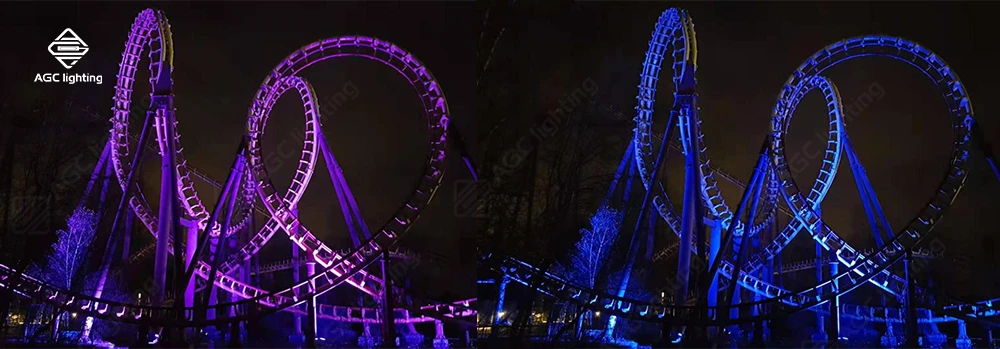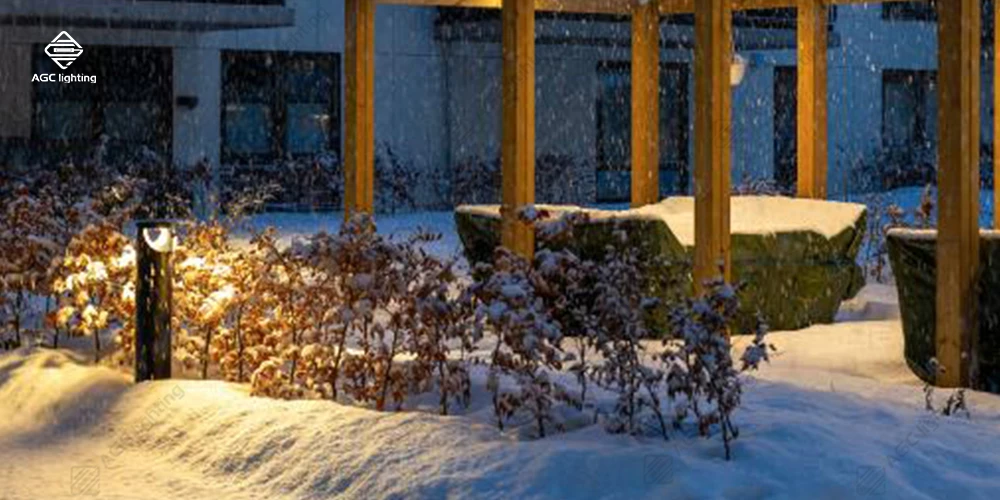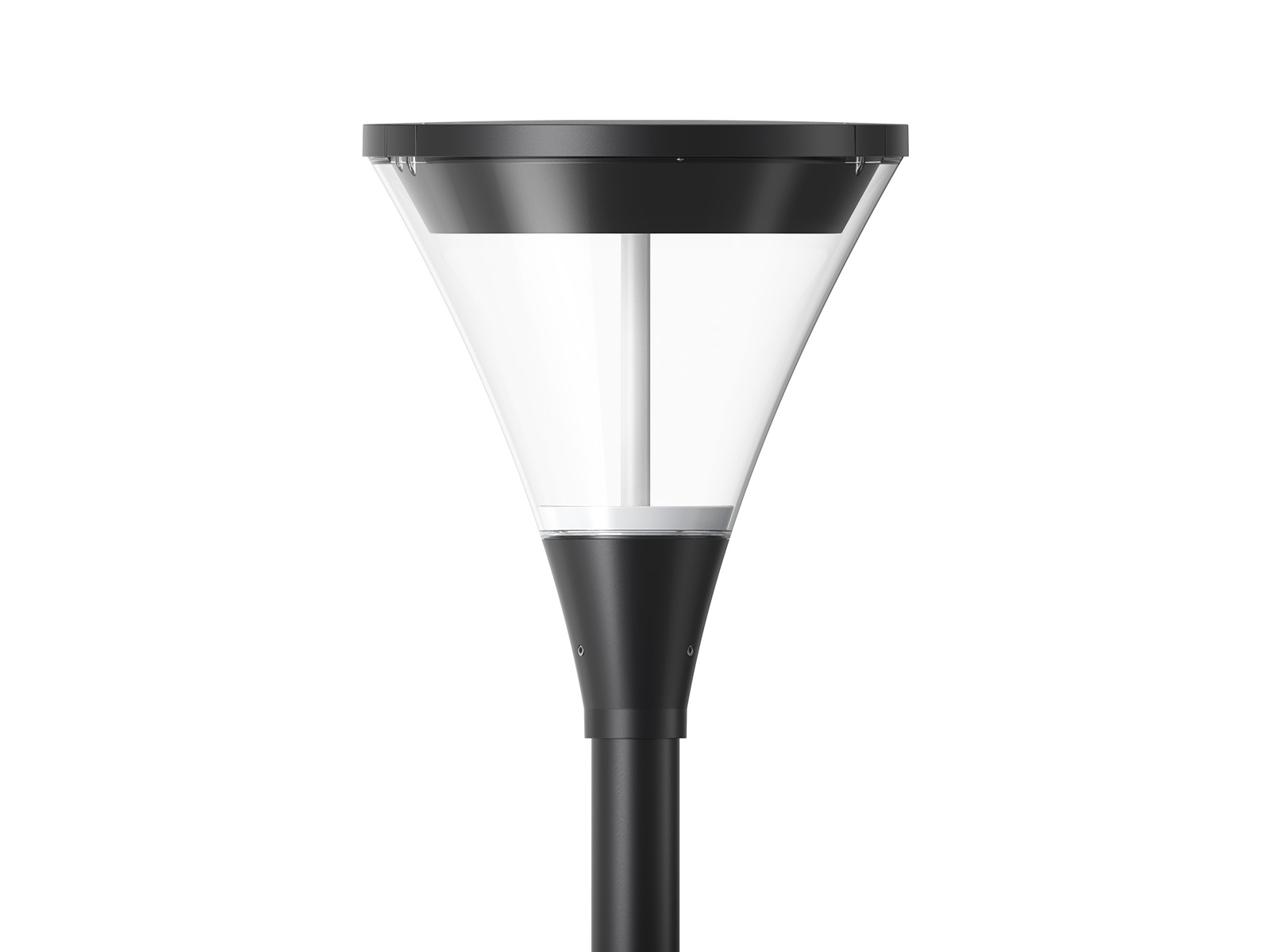Urban lighting design plays a crucial role in shaping the identity and functionality of cities. As urban areas continue to grow and evolve, effective lighting solutions are not only essential for safety but also for enhancing the aesthetic and social experience of public spaces.
Necessary of Urban Lighting
1. Safety and Security: Proper lighting helps to reduce crime rates and accidents. Well-lit streets, parks, and public spaces deter criminal activities and provide a sense of security for residents and visitors.
2. Guidance: Effective lighting ensures that people can navigate the city safely during the night. Clearly lit pathways, intersections, and transportation hubs facilitate ease of movement and accessibility.
3. Aesthetic Appeal: Lighting can significantly enhance the visual appeal of urban environments. Creative lighting designs can highlight architectural features, monuments, and landscapes, making cities more attractive and inviting.
4. Economic Impact: Well-designed urban lighting can boost local economies by attracting tourists and encouraging nighttime activities. Vibrant and aesthetically pleasing environments often lead to increased foot traffic and business opportunities.
Innovative Approaches to Urban Lighting Design
Modern urban lighting design is embracing innovation and sustainability. Here are some trends and advancements shaping the future of city illumination:
1. Smart Lighting Systems: The integration of smart technology allows for adaptive lighting solutions that respond to real-time conditions. Sensors and solar lighting usage to adjust brightness based on the time of day, weather conditions, and human activity. This not only enhances functionality but also reduces energy consumption.
2. Energy-Efficient Solutions: LED technology has revolutionized urban lighting by offering significant energy savings and longer lifespans compared to traditional lighting sources. LED lights are now commonly used in streetlights, park lights, and architectural lighting due to their efficiency and low maintenance requirements.
3. Sustainable Materials: The use of sustainable and recyclable materials in lighting fixtures supports environmental conservation efforts. Designers are increasingly opting for materials that minimize ecological impact and promote green building practices.
4. Artistic and Cultural Integration: Urban lighting is increasingly being used as a medium for artistic expression. Light installations and projections can transform public spaces into canvases for creative works, celebrating local culture and history while fostering community engagement.
Case Studies
There are some cases from our client feedback.
Case 1 - LED Bollard Light BL01-Aurora
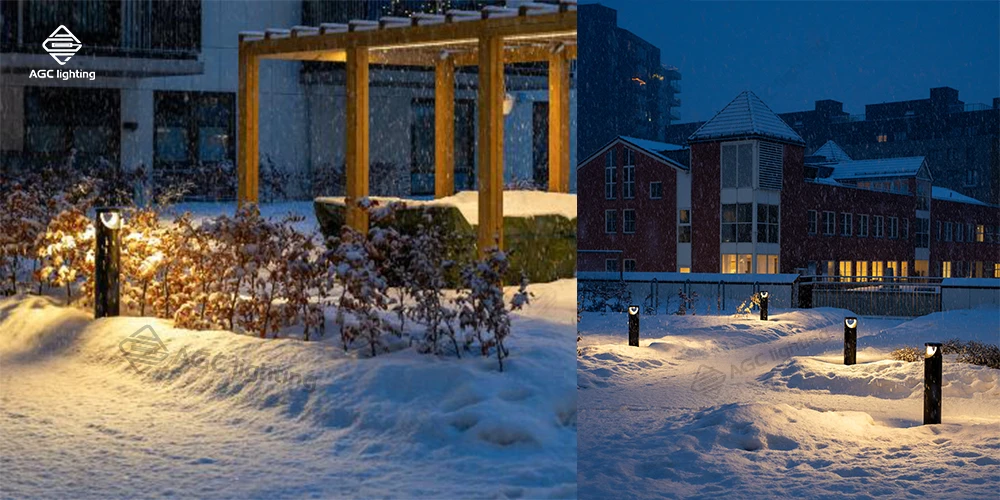
Case 2 - Urban Street Light ST52- Baldr

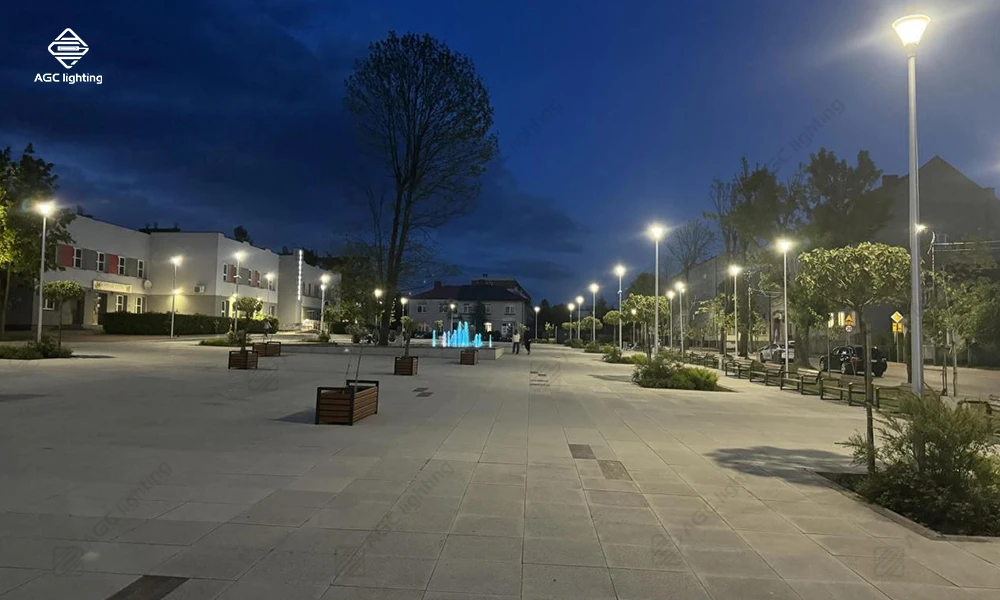
Case 3 - LED Projector Floodlight FL39- Cellos
